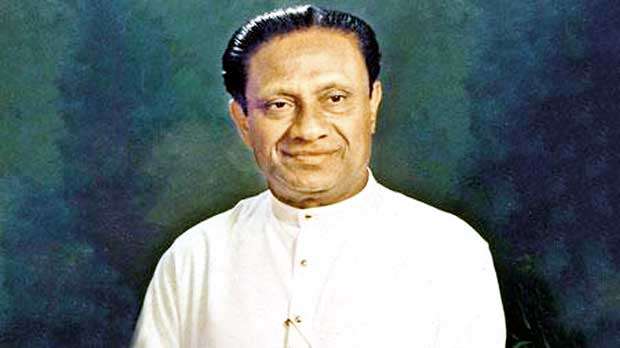Colombo
On this tragic day in 1993, Sri Lanka was rocked by the assassination of President Ranasinghe Premadasa in a devastating suicide bombing during the annual May Day rally in Colombo.
The attack, carried out by the terrorist organization Liberation Tigers of Tamil Eelam (LTTE), claimed the lives of at least 23 people, including the President, and injured many others. This brutal act of terror remains one of the darkest moments in Sri Lanka’s history.
The suicide bomber, Kulaveerasingam Veerakumar alias ‘Babu’, approached President Premadasa on a bicycle at the Armour Street-Grandpass Junction and detonated a powerful explosive device strapped to his body.
The blast killed the President, the bomber, and numerous members of Premadasa’s entourage. The carnage left the nation stunned and grieving, as the leader who had sought to bring stability to Sri Lanka was violently taken away.
The LTTE’s use of suicide bombings had by then become a hallmark of their violent campaign.
The group’s Black Tigers unit specialized in such attacks, pioneering tactics including the use of explosive belts and female suicide bombers. Their ruthless strategy targeted not only military and government officials but also civilians, spreading fear and chaos.
The assassination of President Premadasa on a day symbolizing workers’ unity starkly revealed the LTTE’s utter disregard for human life and democratic principles.
However, this tragic event also exposed glaring failures within Sri Lanka’s security establishment.
Despite multiple warnings and intelligence reports indicating a credible threat to the President’s life, security measures were inadequate and poorly enforced. The assassin had managed to infiltrate the President’s security detail, exploiting weaknesses such as the guards’ susceptibility to distractions like alcohol and women.
Veerakumar was reportedly so familiar with the security personnel that he traveled with the President’s advance team on several occasions, a catastrophic breach of protocol.
President Premadasa himself was criticized for his dismissive attitude toward security warnings. He reportedly ignored advice to alter his routines or increase personal protection, believing that his security team could handle any threat.
Even a week before the assassination, he declined additional police protection during a visit to his property. This complacency, combined with the security forces’ lack of preparedness and coordination, created the perfect conditions for the LTTE’s deadly strike.
The assassination plunged the country into political uncertainty. Prime Minister D.B.Wijetunga was swiftly sworn in as acting president amid a nationwide curfew and mourning.
The loss was not only personal but symbolic: a blow to the government’s ability to maintain order and combat terrorism effectively.
The LTTE’s calculated use of terror tactics, including suicide bombings, kidnappings, and targeted assassinations, left a trail of destruction that prolonged Sri Lanka’s civil conflict for decades.
Their willingness to kill indiscriminately, including high-profile leaders like Premadasa, underscored their ruthless quest for separatism at any cost.
In retrospect, the failure to protect President Premadasa was a tragic combination of underestimating the LTTE’s capabilities and internal lapses within the security apparatus.
It highlighted the urgent need for reform and vigilance in safeguarding national leaders against asymmetric threats.
The assassination remains a stark reminder of the devastating human cost of terrorism and the critical importance of robust security measures.
As Sri Lanka continues to heal from its turbulent past, the lessons from May 1, 1993, endure as a solemn warning against complacency in the face of violent extremism.

Comments
Post a Comment